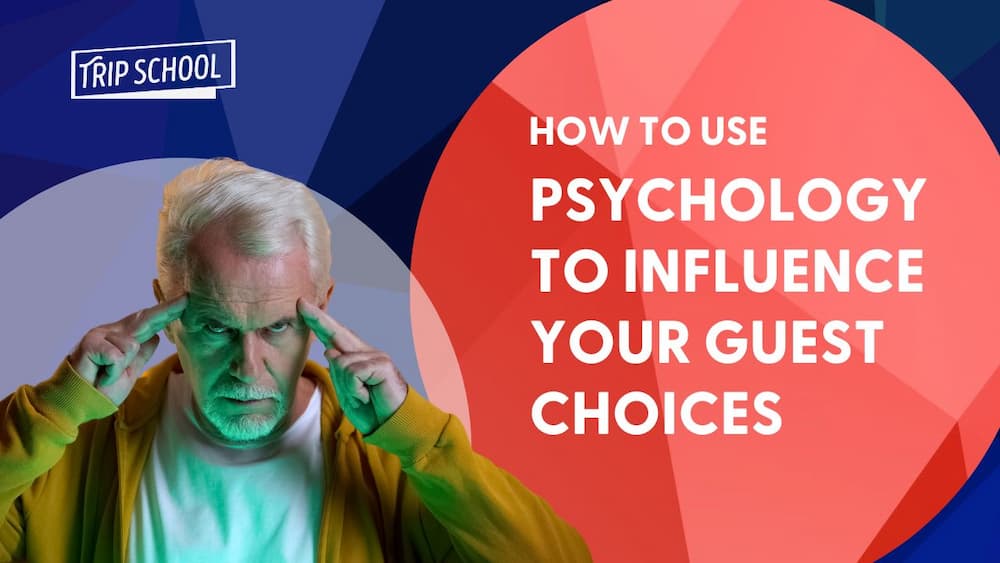“The world is not made of atoms. It is made of stories.” – Muriel Ruykeser
“A story is a way to say something that can’t be said any other way.” – Flannery O’Connor
“In my life, the stories I have heard from my family, my friends, my community, and from willing strangers all over the world have been the true source of my education.” – Holly Near
Here are some points to think about when telling stories to groups on tour.
Storytelling is about creating connections.
On tour, that means you are bringing meaning to a place. That meaning requires that you connect with your audience, and also with a sense of what the place is about. Before you can tell a great story, you need to be aware that your job is to create connections, between yourself, your material, your audience, and where you are.
Storytelling is done around a campfire or at Thanksgiving. And you usually have a receptive, captive audience. On tour, things are messier. Groups are getting to know you, and you’re out in the wild, where noise and distraction happens. Rather than storytelling, you’re storytalking — giving an interesting quick pitch about a place. Do it with gesture, and emotion, and humor to keep their attention. You can lose an audience quickly on tour.
Start with a hook, end with a zinger.
Start with something interesting and relatable to your audience, whether they’re students or adults. A movie scene, an odd question, something that gets the group together and invested in what you’ll say next. The middle portion of your commentary is where you can develop facts, architects, anything a little drier. But before you start going on and on, Finish with a zinger–something memorable; an image, a joke, something light again, so they leave with a good taste in their mouth.
Be brief!
As a dear friend says, “Get in, and get out!”. You may know ten more things about where you are, but don’t share them all. Nobody remembers, and frankly, it’s too much information to care about it all. Groups are less impressed that you know everything, and more impressed with the way you connect them to a place.
Hold attention with surprise.
Leave something interesting for the end. It might be a story about the streetcars in San Francisco, and how one brave 16 year old girl overcame racial prejudice to become the first female African-American conductor. Then, at the end, reveal: that girl would become one of America’s great poets, Maya Angelou!
Know your audience.
If this means talking to the teacher ahead of time to find out where they’re at, or reading your group of adults to see if they’re attentive or already distracted, use these cues to adjust who you are to the group. Our job is to be chameleons.
Know your material.
There’s no way to be good at your job without knowing your material. Read. Learn! Buy my commentary books that will be reprinted in January! Read big books on cities, and odd books, so your stories and material are interesting to you. If you’re not interested in what you’re sharing, the group will certainly not be.
Pick a storytelling theme & goal.
They’re related. Your theme should be something that coheres what you’re talking about. If you’re at the MLK memorial with Fifth-grade students in DC, perhaps equality is your theme. We’re all human beings, but as humans we forget that underneath all our differences we’re the same. We’re equal. Everyone has to look inside themselves and realize we judge others for being different, and sometimes bully them, etc. This is a very different story you’re telling to 10 year olds, than you would to senior citizens, who lived through the Civil Rights era.
Get visual.
We’re a visual culture. Kids, adults, everyone thinks in images, and your stories should be descriptive. Forget about dates, and add descriptions. Describe the wall that was on Wall Street, don’t just say there was a wall!
Fewer dates, more poetry.
Henry Adams put it well: “To overload the memory with dates is the vice of every schoolmaster and the passion of every second-rate scholar. Tourists want as few dates as possible; what they want is poetry.”
Use Emotion.
When groups laugh or cry, they remember. What we feel deeply, we remember. Then we appreciate the guide for giving us that experience of feeling. Then we tip them well.
Remember your Story Buckets.
Different types of stories apply to different on-tour experiences.
- I have my: Stuck in Traffic Stories. They don’t relate to anything in particular, but they fill time if the group is getting annoyed.
- Related, there are your On the Bus stories — maybe you’re not stuck in traffic, but you’re on your way to visiting a site. This is a great time to set up the place with longer exposition, so they’re ready for your brief comments when you arrive.
- Then you have People Stories: they center around a person, and again can be used anywhere, or multiple places, but they have a beginning, middle, and end. It could be about George Washington or Beyoncé. Or both. But they add texture and character to where you’re visiting.
- Next I have my odd / ghost / weird stories. They’re great for the bus ride home at night. Or just to give the group relief from too much history. It could be about the ban on puppet shows in New York, or Abraham Lincoln’s ghost haunting the Lincoln Bedroom.
- Finally, there are the on-site stories. These are an addendum to what you’ve said on the bus. They’re particularly interesting and quick stories, because once a group is at a site, they want to visit it. It’s hard to stand around and listen to someone talk forever.
Be interactive.
Ask questions. Even just gesturing towards the group, saying, “do you all remember the TV show Golden Girls?” Keep them invested by referring back to the group.
Get personal.
Sharing your story is an important part of being a good communicator and connector. Not that you should only or predominantly talk about yourself, but sharing your story is always interesting to a group.
“Become aware of what is in you. Announce it, pronounce it, produce it, and give birth to it.” – Meister Eckhart
“As a storyteller, as a human being, each one of us is one of a kind. And until we learn to celebrate our own unique style, culture, and gifts, we cannot appreciate the wealth of diversity around us.” – Doug Lipman
Listen.
Allow the group to become storytellers, too, when they have an experience that enrich the tour. It might be simply asking the group if they have any family members buried at Arlington, or on the Vietnam Wall, and then connecting your commentary with their story. It builds bridges, and connects everyone. Hopefully that’s why we do this job!







